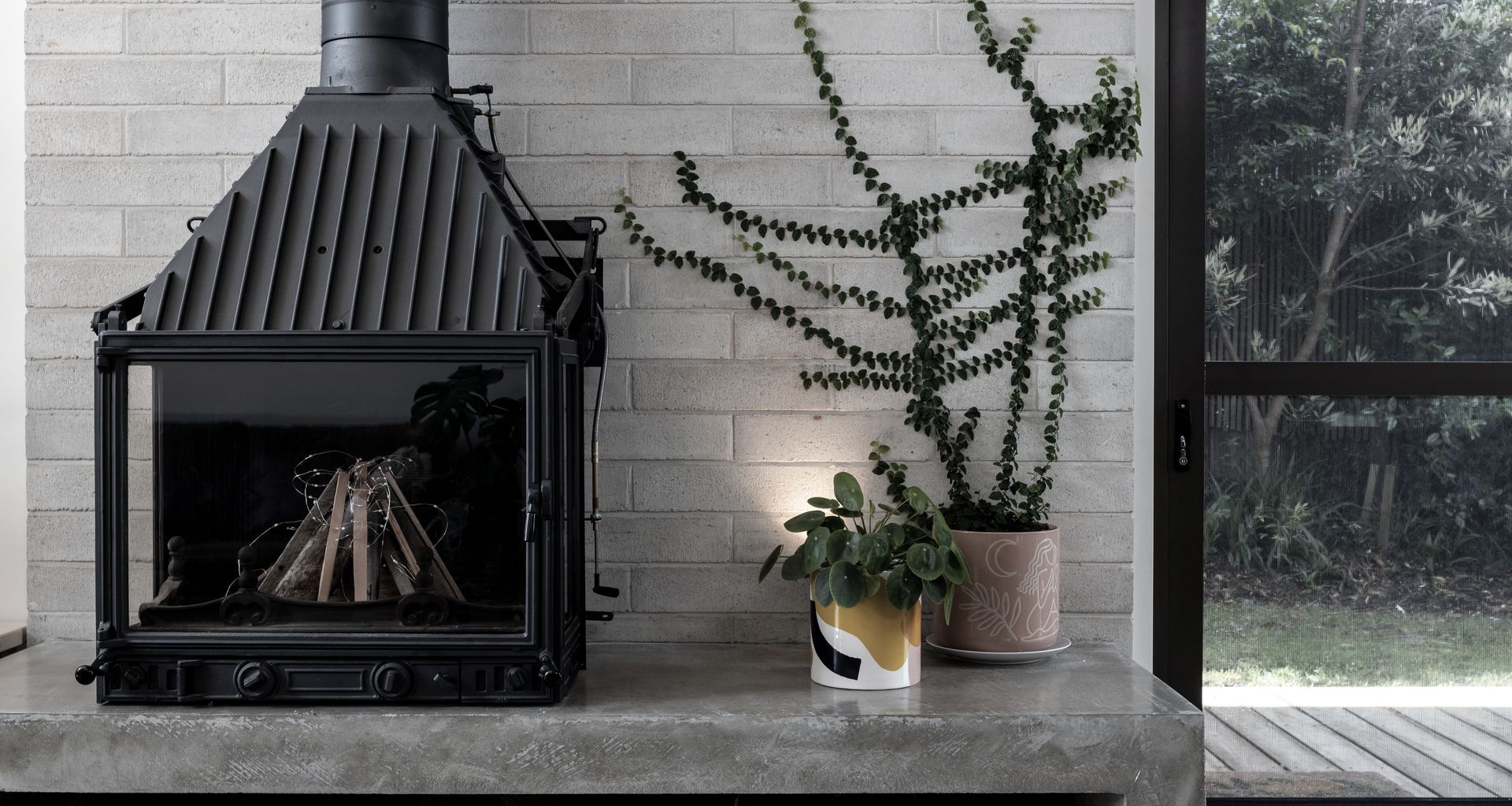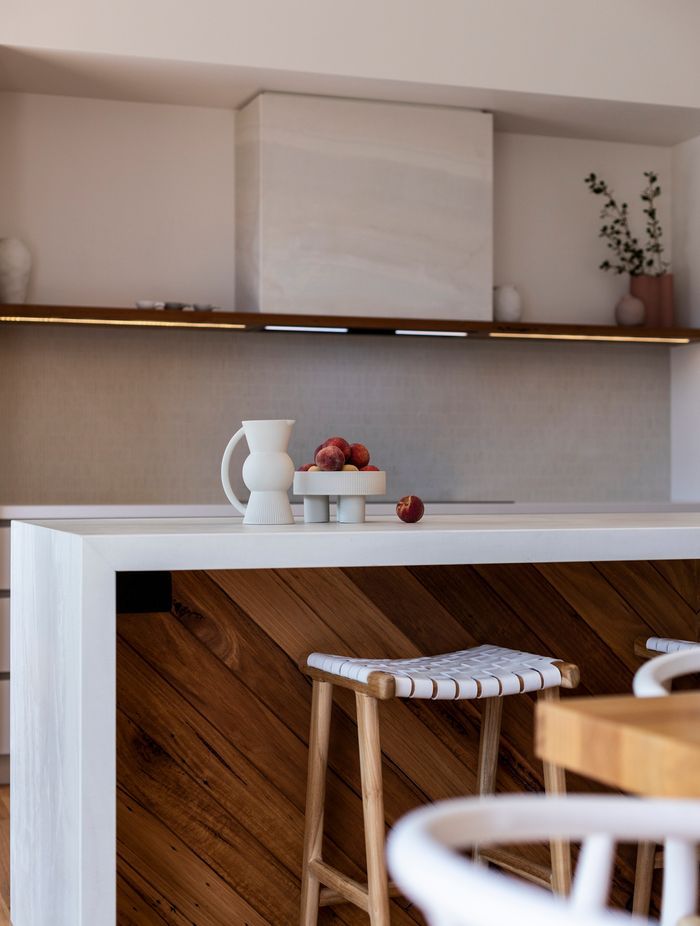How good design can impact Health & Wellbeing

In today's world, it is not enough for a home or building to look good—it must also be designed in such a way that it increases the health and wellbeing of its inhabitants. Good design not only improves the aesthetics of a space, but also optimises passive thermal comfort through the use of natural light, natural ventilation, and natural materials. Here, we explore how good design can improve your health and wellbeing.


Thermal Comfort
The comfort levels of a building are determined by its temperature. If your home or workplace is too hot or too cold, then you may experience discomfort due to increased stress levels. Design elements such as appropriate insulation and window placement help to regulate the indoor temperature of your space. For example, by installing double glazed windows with an appropriate U-value (the measure of how much heat passes through glass) you can ensure that your building will maintain an even temperature throughout the year. Additionally, air tightness seals help prevent drafts from entering the space which further helps to regulate temperatures.
Natural Light and Ventilation
Natural light has been proven to have positive effects on mental health by increasing productivity levels and reducing stress. Design elements such as strategically placed windows can help bring natural sunlight into the interior spaces of your building while maintaining optimal privacy levels. Additionally, ventilation systems are essential in helping to circulate fresh air throughout the home or workplace environment; this helps reduce pollutants in the air which can cause respiratory problems such as asthma or allergies. Being selective and intentional nowhere we locate our glazing and openings means we can get the most value for getting connection to the surrounding landscapes, cross ventilation, ample views and natural light without blowing the budget or thermal performance of our building.
Natural Materials
Using natural materials in construction promotes healthy living conditions while simultaneously reducing our environmental impact. Natural materials are healthier than synthetic options because they do not emit any harmful toxins into the air. Furthermore, natural materials require less energy to produce than their synthetic counterparts; this helps reduce energy consumption which leads to a lower carbon footprint overall. From recycled wood flooring to linoleum countertops made from sustainable sources, there are many ways that you can incorporate natural materials into your building design for improved health and wellbeing outcomes.
Parting Thoughts
Designing for optimal health and wellbeing should be at the forefront of every designer’s mind when creating new buildings or renovating existing ones. Good design principles should incorporate elements such as thermal comfort, natural light and ventilation, and natural materials in order to create healthier living environments that promote positive mental health outcomes while minimizing our impact on the environment. Ultimately, good design should strive to improve the lives of everyone who inhabits it—including you!
P.S - The image of our Thisledoo project above is so thermally efficient that despite its immense amount of glazing the beautiful fireplace has become a sculptural piece of art rather than used to heat the home!
